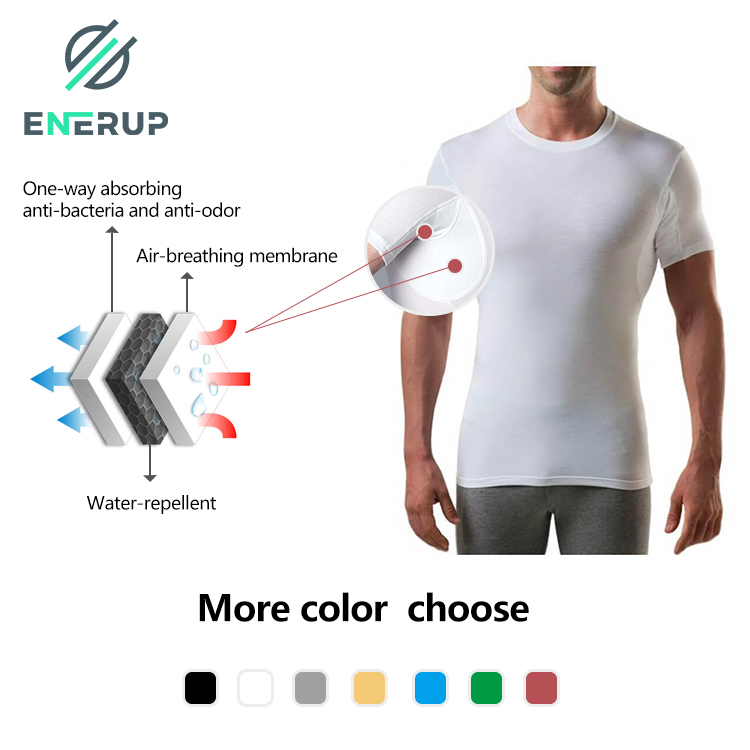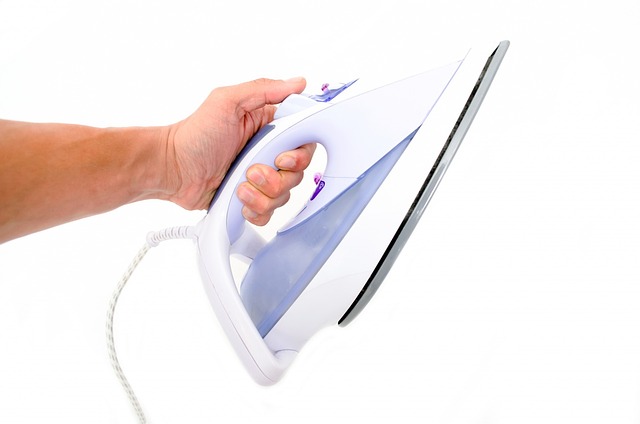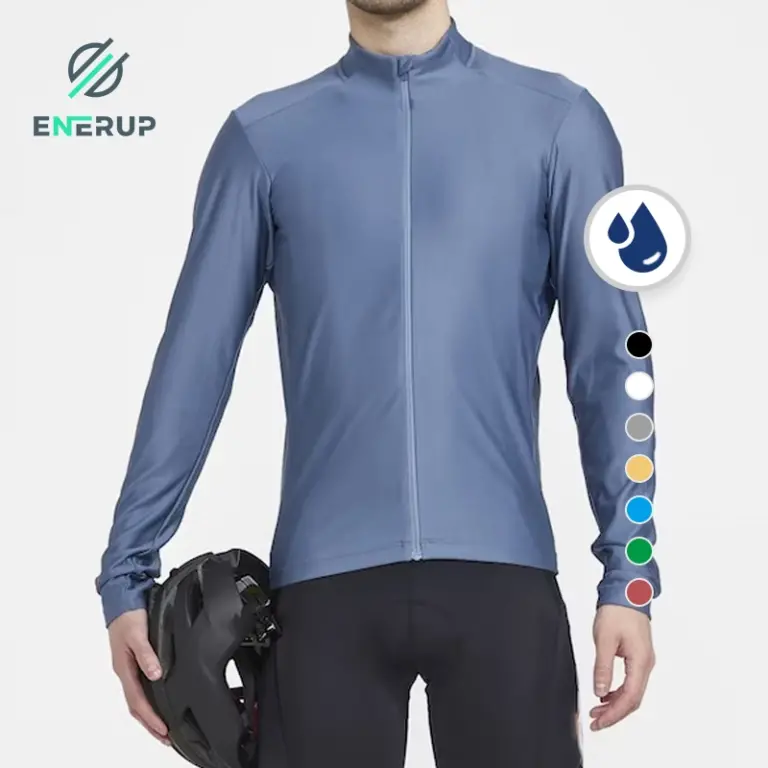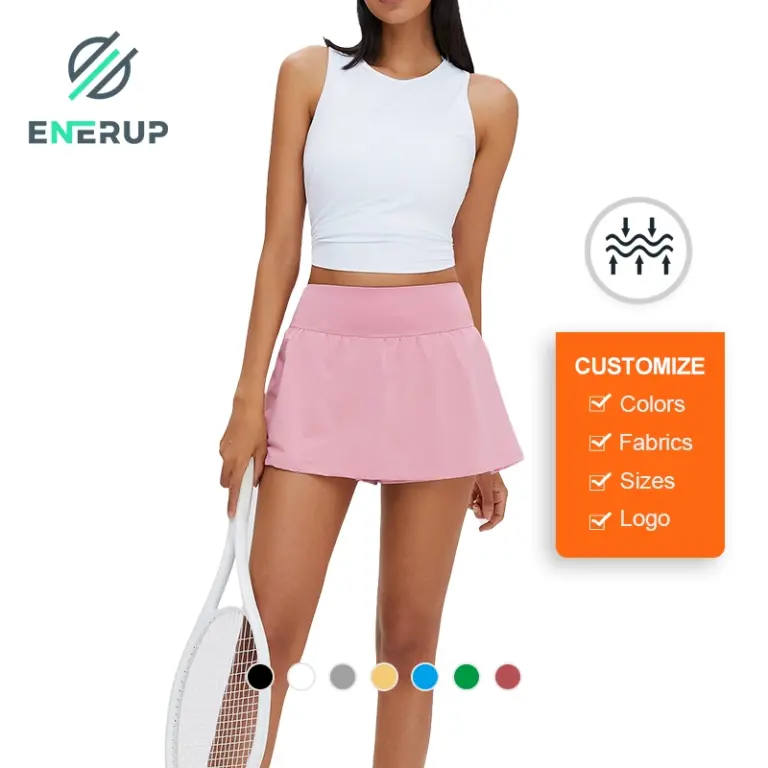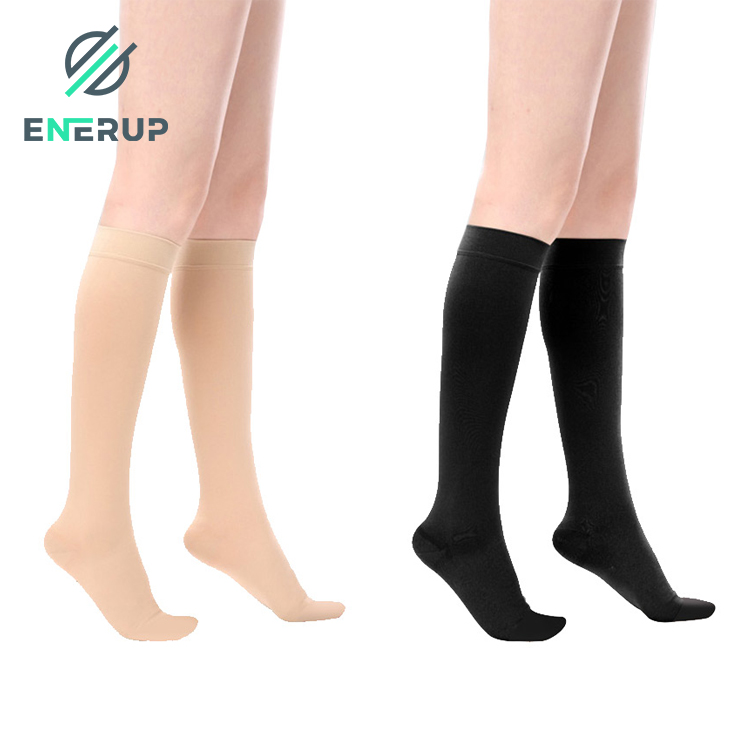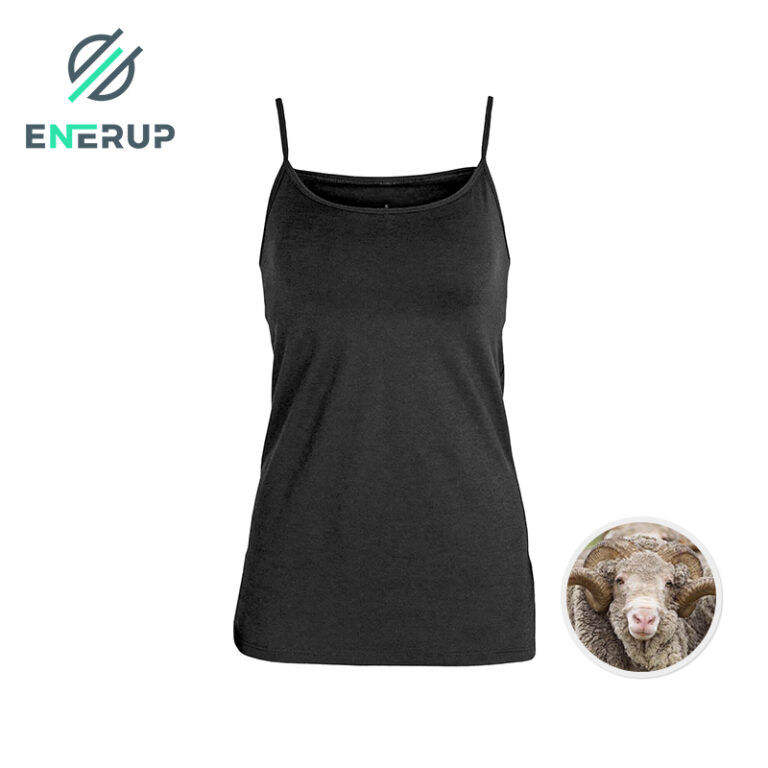As athletes, we invest time and energy into perfecting our skills and pushing our limits. However, in the pursuit of optimal performance, the care and maintenance of our sportswear is often overlooked. Next we dive into the transformative power of proper care, exploring how cleaning and maintaining your sportswear can not only increase the lifespan of our equipment, but also improve our performance on the court. From tackling tough stains to maintaining the integrity of performance fabrics, join us to unlock the full potential of sportswear and take your sport to the next level.
Understanding Sportswear Fabrics
Sportswear fabrics play a vital role in improving performance and comfort during sporting activities. Fabric choice affects breathability, moisture wicking capabilities, durability and overall functionality.
-Cotton
Cotton is a popular fabric choice for sportswear due to its natural softness and breathability. It absorbs moisture well and keeps the body cool and comfortable. However, cotton materials absorb moisture easily, which can lead to a heavy and damp feeling during strenuous exercise. To care for cotton sportswear, machine wash cold with like colors and tumble dry low. Avoid using fabric softeners as they can leave a residue that affects the fabric’s breathability.
–Polyester
Polyester is popular in sportswear because of its excellent moisture-wicking properties. It quickly wicks sweat away from the body, allowing it to evaporate faster, keeping athletes dry and cool. Polyester sportswear is also known for its durability and wrinkle resistance. To care for polyester garments, machine wash in warm water with like colors. Use mild detergent and avoid using bleach or fabric softener. Polyester dries quickly, so it’s best to air dry or use a low setting in your dryer.
-Nylon
Nylon is a lightweight, durable fabric often used in sportswear. It is known for its excellent strength and wear resistance. Nylon sportswear provides a smooth, comfortable fit while also providing excellent moisture management. When caring for nylon garments, machine wash them cold with similar colors. Use a gentle wash cycle and mild detergent to maintain the integrity of the fabric. Avoid using bleach or fabric softener as they can weaken the fibers. Air drying is recommended to prevent shrinkage.
–Spandex
Spandex, also known as Lycra or elastane, is a stretch fabric that offers excellent flexibility and freedom of movement. It is often blended with other fabrics to enhance its stretch capabilities. Spandex activewear requires gentle care to maintain its elasticity. Machine wash in cold water on gentle cycle with mild detergent. Avoid using bleach or fabric softener as they can break down the spandex fibers. Air drying is recommended to prevent shrinkage and maintain the shape of the garment.
–Synthetic mixture
Many athletic apparel are made from synthetic blends that combine various fabrics to optimize performance. These blends often include polyester, nylon, spandex or other technical fibers. Care instructions for synthetic blend activewear may vary, so it is important to refer to the specific care label. As a general rule, machine wash clothes of similar colors in cold or warm water. Use mild detergent and avoid using bleach or fabric softener. It is usually recommended to air dry these garments.
Remember, understanding the fabric content of your sportswear is critical to proper care. Always check the care label and follow the manufacturer’s instructions. By taking the time to properly care for your sportswear, you can ensure its longevity, retain its performance-enhancing properties, and continue to look your best.
Pre-Washing Preparation
Before you begin the washing and care process, there are some basic steps to take to ensure your sportswear is game-ready. In fact, the pre-wash prep process can have a significant impact on the longevity and performance of your gear.
–Check for stains
The first step in preparing for cleaning is to inspect your gear for stains. Sweat, dirt, and grass stains are common culprits on sportswear. If left untreated, they can accumulate and cause discoloration and odor. Treat any stains with a stain remover or pre-treatment solution before washing. Let the solution sit for a few minutes before washing the fibers to give it time to penetrate the fabric.
–Turn the gear over
Turning your sportswear inside out before washing helps protect the surface of the fabric and minimize pilling and snagging. This is especially important with delicate fabrics like spandex or technical blends. Additionally, turning your gear inside out allows for better cleaning coverage and ensures that sweat and bacteria buildup inside the garment are thoroughly cleaned.
–Distinguished by color
Sorting your sportswear by color is essential to prevent bleeding and fading. Dark colors should be washed separately from light colors to avoid darkening or staining. Sorting also ensures that similar fabrics are washed together, preventing fraying or damage to more delicate materials.
-Zip or tie the closure
Before washing, make sure all zippers, snaps and closures are fastened. This prevents clothes from getting tripped up and damaged during the wash cycle. It also protects other items in the wash from potential damage caused by exposed zippers.
–Remove accessories
Accessories such as pads, shields or straps should be removed before washing. Doing this will prevent your clothing or accessories from getting tangled or damaged. If the accessory is not removable, be sure to read the care label for specific instructions on how to wash and care for it.
Taking these pre-wash preparation steps will keep your sportswear looking and performing at its best. You can make sure your gear is race-ready and ready to take on any challenge.
Washing Techniques
Proper laundering of sportswear is critical to retaining its performance-enhancing properties and extending its lifespan. Use proper washing techniques to help keep your gear in top condition.
–Choose the right water temperature
The water temperature you choose depends on the type of fabric and how soiled the garment is. Cold water works on most sportswear fabrics to help prevent shrinkage and fading. Warm water is suitable for heavily soiled clothing but may cause some fabrics to shrink. Hot water should be avoided as it can damage delicate fabrics like spandex or technical blends.
–Use a gentle loop
Using the gentle mode on your washing machine helps protect the integrity of the fabric and prevent pilling and snagging. This is especially important with delicate fabrics like spandex or technical blends. Avoid using heavy-duty cycles, which can cause too much damage to the fabric.
–Use a mild cleanser
Using a mild detergent is essential to maintain the integrity of the fabric and prevent fading. Avoid using fabric softeners, bleach, or harsh detergents as they can weaken the fibers and make the garment less breathable.
–Avoid overloading your machine
Overloading your washing machine can cause wear and damage to fabrics. It also prevents detergents from penetrating into the fibers, resulting in inadequate cleaning. Be sure to follow the manufacturer’s guidelines for load size and avoid stuffing too many items into the machine.
Follow these washing tips, which are key steps in getting your gear to help you achieve great results.
Drying and storage
After washing your sportswear, it must be dried and stored correctly to maintain its enhanced performance and longevity.
–Air dry as much as possible
Air drying is the best option for drying sportswear because it prevents shrinkage, protects the integrity of the fabric, and maintains the shape of the garment. Hang clothes on a clothesline or drying rack that is well ventilated and out of direct sunlight. Avoid using the dryer if possible, as high temperatures can damage delicate fabrics and cause shrinkage.
-Avoid hanging by straps:
Hanging sportswear with straps can cause the fabric to stretch and deform. Instead, hang your clothes by the body or lay them flat to dry.
–Store in a cool, dry place
Storing your workout clothes in a cool, dry place can help prevent mold and odor from building up. Avoid storing it in damp areas such as basements or bathrooms. An airy closet or dresser drawer is an ideal storage location.
–Fold neatly
Neatly folding your sportswear helps maintain its shape and prevent wrinkles. Avoid stuffing it into drawers or backpacks, which can cause creases and fabric damage.
–Keep away from direct sunlight
Direct sunlight can cause fading and discoloration of sportswear. Avoid storing it in direct sunlight or drying it outdoors in direct sunlight.
Summary
All in all, proper care and maintenance of your sportswear is essential to ensure optimal performance and longevity. By following the washing tips above, you can keep your gear clean, fresh, and in tip-top shape. Choosing the right water temperature, using a gentle cycle and avoiding harsh detergents will help maintain the integrity of the fabric and prevent fading.
When it comes to drying and storage, air drying is the preferred method for maintaining a garment’s shape and preventing shrinkage. Avoid hanging on shoulder straps and store your workout clothes in a cool, dry place to prevent mold and odors. Folding neatly and keeping it out of direct sunlight will further protect your gear from damage.
By incorporating these practices into your sportswear care routine, you can ensure your gear is always fit for competition and performing at its best. Remember, well-maintained gear not only improves your performance but also extends its life, saving you money in the long run. So give your sportswear the care it deserves and set yourself up for success!


